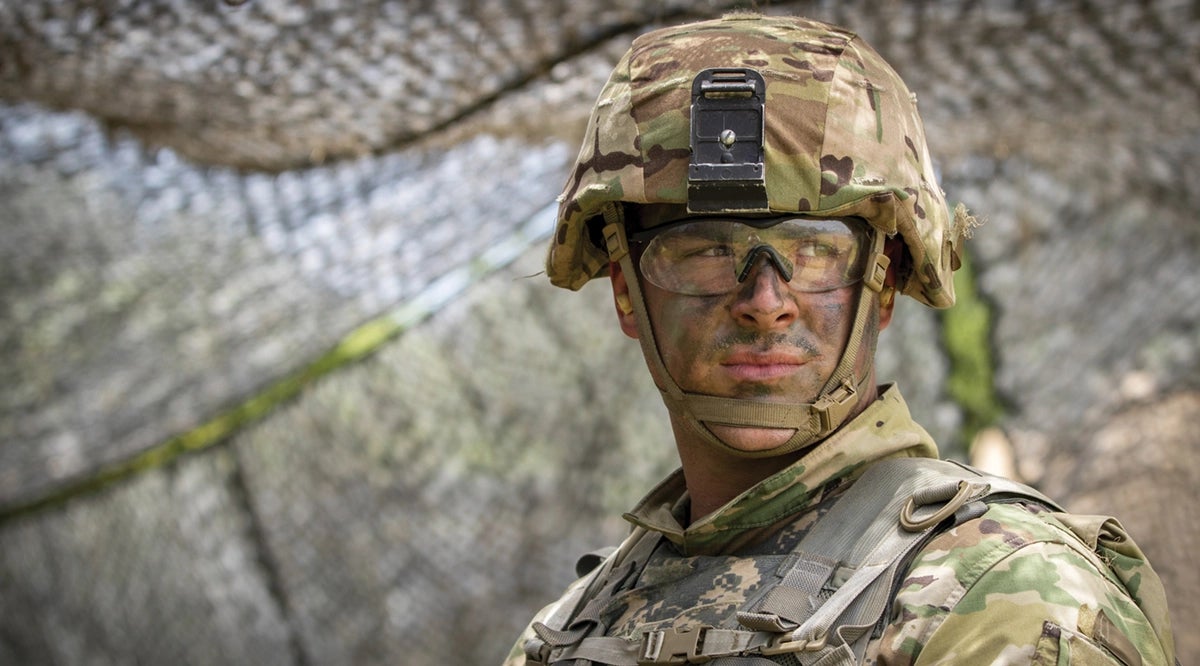AUSA Paper Lays Out Tenets of Modernization
AUSA Paper Lays Out Tenets of Modernization

A new paper published by the Association of the U.S. Army introduces the tenets of Army modernization as a primer for the service’s future leaders.
In “Tenets of Army Modernization,” author Lt. Col. Hassan Kamara lays out the individual elements that constitute how the Army “defines, constructs and operates within the context of doctrine, operations, training, materiel, leadership and education, personnel, facilities and policy,” known as DOTMLPF-P.
“Modernization occurs when progressive transformation ventures, successfully implemented across DOTMLPF-P components, holistically enhance the Army’s ability to accomplish its mission,” he writes.
In his research, Kamara, the senior military acquisition adviser to the Fires Capability Development and Integration Directorate in Army Futures Command’s Futures and Concepts Center, studied the theories of modernization in society, which he said, “facilitates intellectual inquiry into how societies evolve politically and socioeconomically.”
What he found to be consistent, he writes, “is the generally accepted view of modernization as a progressive transition, from the present to the future, of different aspects of human affairs,” which include sectors such as politics, economics, society and the military.
Kamara cites Army Chief of Staff Gen. James McConville, who in remarks at an AUSA breakfast in January 2020 said the Army is “at a similar inflection point to the one our leaders faced coming out of Vietnam, and like them we have to ask ourselves: Are we building the Army than can compete and win for the next 40 years?”
Pointing out that the effort to modernize the Army will continue as new generations of leaders take the helm, Kamara explains that he wrote the paper to help define and examine the subject and outline a “practical framework of understanding to continue ongoing efforts.”
He analyzes the individual elements of DOTMLPF-P and offers examples to demonstrate the role each plays in the operation of the Army and how they have evolved through history to meet the changing global security environment.
However, he cautions that these elements work in concert and should never be transformed unilaterally.
“The singular pursuit of progressive transformation in one element or component of DOTMLPF-P to the neglect of the others is ill-advised because it can cause a mission-threatening imbalance,” Kamara writes. “As shown in the [individual] analyses, the elements are all interrelated and complementary; modernization planners must holistically manage their synergy going forward.”
Read the paper here.

